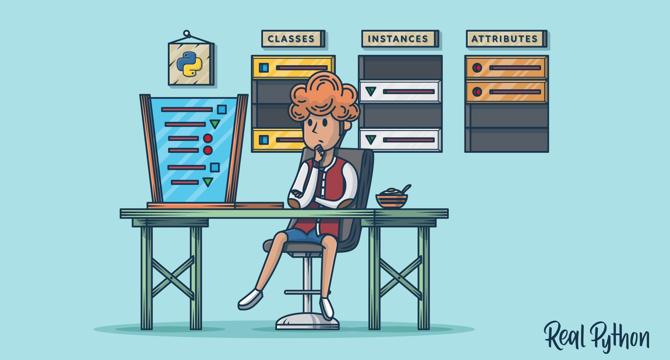RealPython
4w
399

Image Credit: RealPython
Object-Oriented Programming (OOP) in Python
- Object-oriented programming (OOP) in Python involves structuring code into classes to model real-world entities.
- The four key concepts of OOP in Python are encapsulation, inheritance, abstraction, and polymorphism.
- OOP in Python is considered straightforward to learn due to its clear syntax and readability.
- The main focus of OOP in Python involves creating classes as blueprints for objects. These objects contain data and the methods needed to manipulate that data.
- OOP models real-world entities as software objects that have some data associated with them and can perform certain operations.
- Encapsulation allows you to bundle data (attributes) and behaviors (methods) within a class to create a cohesive unit.
- Inheritance enables the creation of hierarchical relationships between classes, allowing a subclass to inherit attributes and methods from a parent class.
- Abstraction focuses on hiding implementation details and exposing only the essential functionality of an object.
- Polymorphism allows you to treat objects of different types as instances of the same base type.
- You define a class in Python by using the class keyword followed by a name and a colon. Then you use .__init__() to declare which attributes each instance of the class should have.
Read Full Article
24 Likes
For uninterrupted reading, download the app